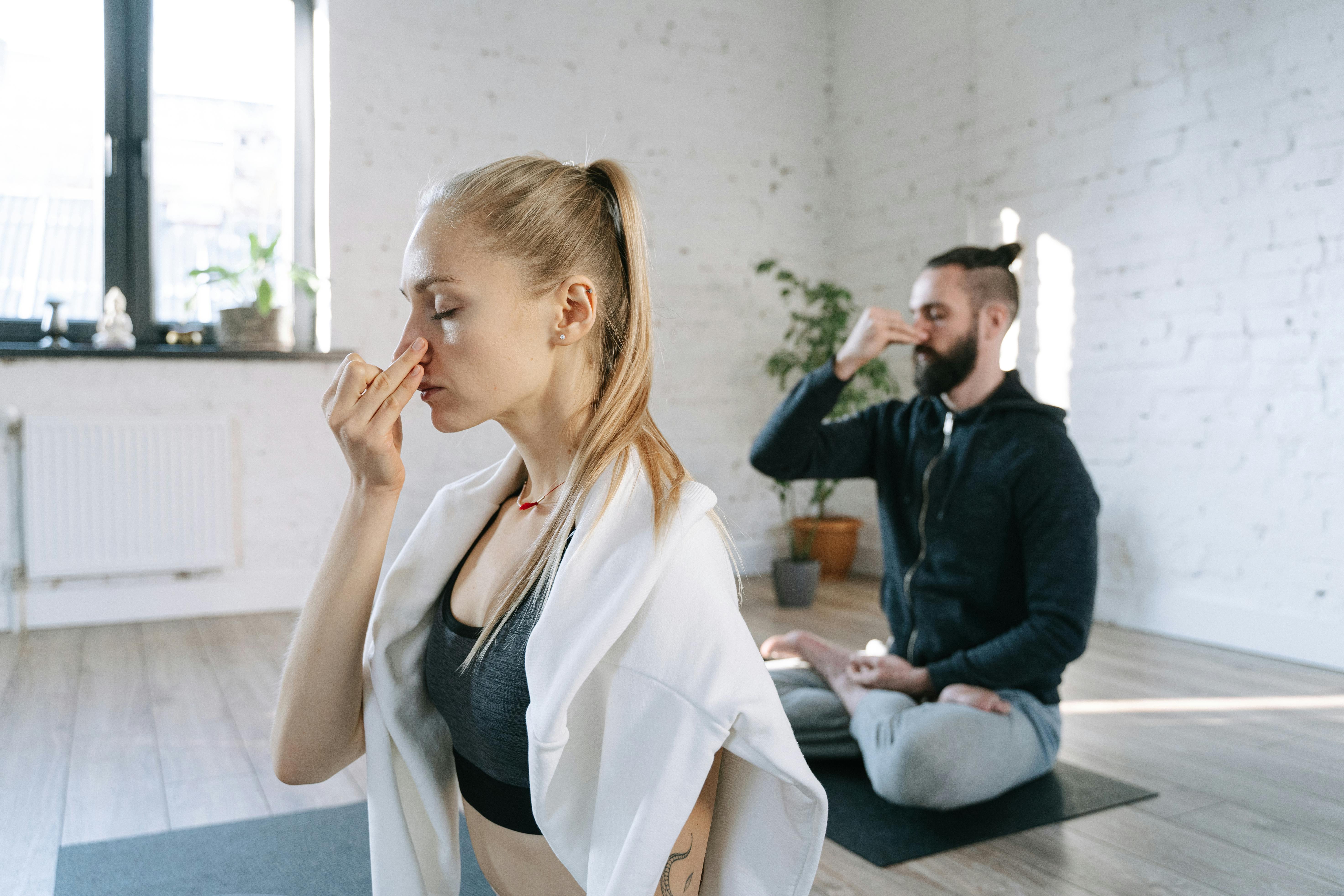The bathtub sits silently in our home, a humble appliance neglected by many, patiently awaiting the annual bath that heralds its triumphant return to prominence. But this unsung household hero can and is being used by many to stimulate circulation, soothe muscle cramps, relieve joint stiffness, decrease back pain, promote proper detoxification within the body (through the skin), and bring a calm and peace that is absent in the midst of the frenetic tumult that envelops and surrounds our lives. Let go of your preconceived ideas of what you thought a bath was and push your boundaries of what it can be – a powerful ally on your journey to wellness!
The bathroom and beyond
Sure, in years gone by you may have taken the fizzy plunge in a bubble bath with the hot pink lather and scent-punishing fragrances concocted by mad scientists. Maybe you’ve even tried a packaged amalgamation of various salts and essential oils. The latter is closer to the essence, and both bring some relaxing elements. But once or twice a year doesn’t do your body justice and a spoonful of salt in a huge tub is just scratching the surface. Here’s what we have in mind for you: some fun combinations to add some zest to your bathroom:
- Epsom salts or bath salts such as Celtic or Himalayan sea salt Wonderful for drawing toxins out of the body and establishing the proper pH, Epsom salts can even raise magnesium levels in the body! Use 1 to 2 cups per bath; the more you use, the more powerful the effect will be.
- baking soda – Soothes the skin, alkalizes the body and is a natural antifungal. Use 1/2 to 2 cups per bath (a great supplement to Epsom salts).
- Apple cider vinegar – Neutralizes the body’s pH and invigorates and softens the skin (note: be careful when combining baking soda and apple cider vinegar, you may want to do one or the other). Usage is 1 cup per bath.
- Essential oils – Lavender is excellent in a bath, usually 10-20 drops will do the trick. Consider adding other calming essential oils, such as: basil, bergamot, chamomile, clary sage, frankincense, juniper, marjoram, neroli, rose and rosewood, sandalwood, clary sage, and ylang ylang. Typical use is 10-20 drops, but it depends on the strength of the essential oil.
- Clays such as bentonite or monmoillonite – A powerful agent of attraction, which draws toxic elements from your body like a magnet. Clay can also do wonders for lymph drainage and circulation in the body. Use 2 cups per bath as an occasional treat.
A recipe for the perfect bath
Here is the stage. You come home from a long, hard day at the office, your muscles ache, your neck and shoulders are unbearably tight, and it’s way too late to call your chiropractor for an adjustment. What is your job?? Work some alchemical magic and gather the following from your cabinet!
Ingredients:
- 2 cups of Epsom salts
- 1 to 2 cups of baking soda
- 10 to 20 drops of lavender essential oil (or essential oil of your choice)
- 1/4 to 1/2 cup olive oil for dry skin (optional)
Instructions:
Start by turning on the water, setting it to as hot a temperature as you can tolerate (heat dissipates quickly, so it’s often better to set your bath too hot rather than too cold). Add the Epsom or bath salts, baking soda, essential oil, and olive oil, making sure to stir so the salts and baking soda dissolve completely. Fill the tub to the desired depth and dip one toe in the water. If the water is too hot, simply add a little cold water to balance the temperature to your preferred setting. Submerge your body in the tub and enjoy a nice soak for as long as you like (but no less than 15 minutes for optimal results).
NOTE: Be sure to drink plenty of water before your bath and after your bath. The bath tends to run out of the body and can otherwise dehydrate you. For bonus points, buy a filter for your shower and run the water for your bath through the filter (to filter out chlorine and other nasties). If this is not an option, add 1/2 cup of clay to your bath to help keep exposure to a minimum.

